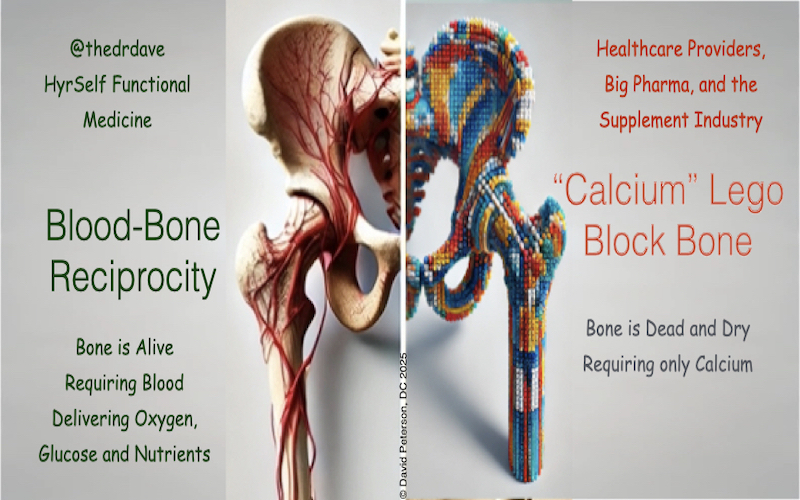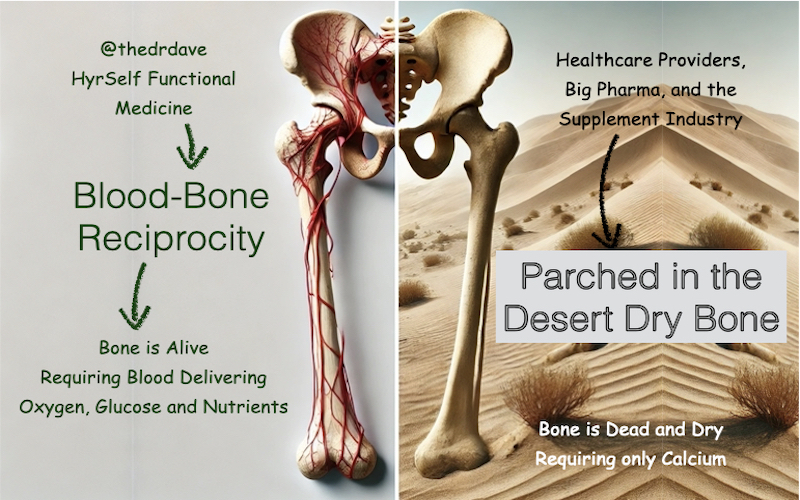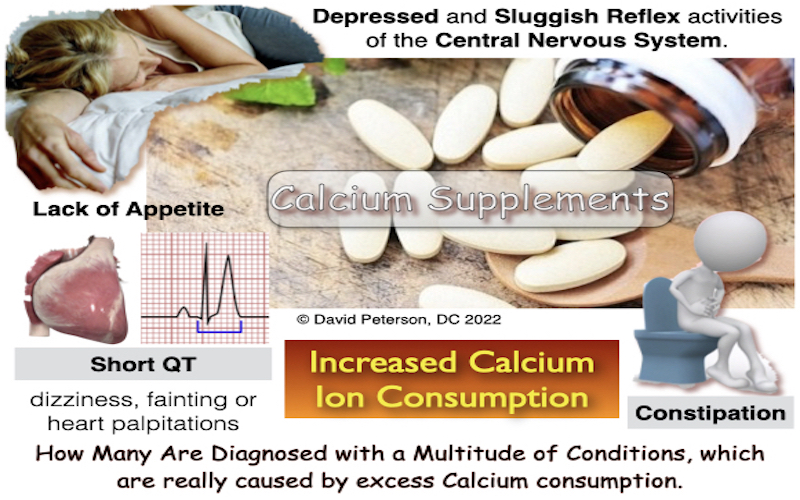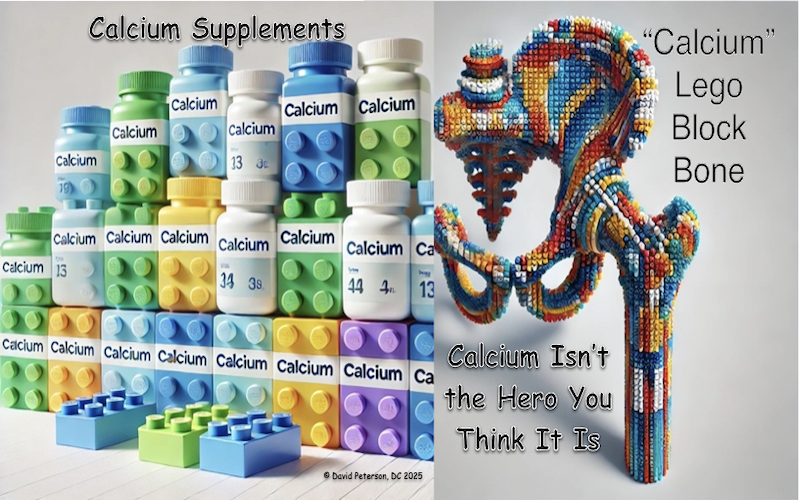The prevailing narrative in healthcare often reduces bones to mere calcium-based structures, like rigid Lego blocks assembled for structural support. This simplistic view, perpetuated by healthcare providers, big pharma, and the supplement industry, sidelines a critical aspect of bone physiology: the blood supply to bones. In medical imagery and public health messaging, blood vessels within bones are conspicuously absent, creating an incomplete picture of bone health and function.
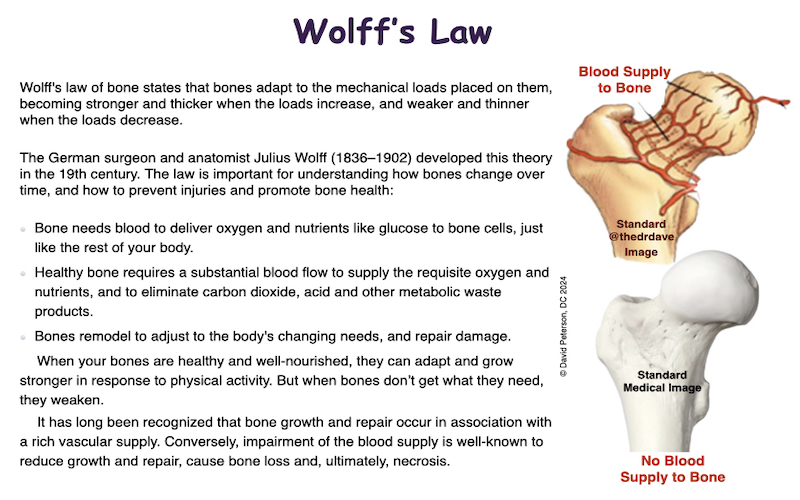
Bones are far more dynamic than static blocks of calcium. They are living tissues, richly vascularized and constantly engaged in a reciprocal relationship with the blood. Blood vessels within bones play a pivotal role in nutrient delivery, waste removal, and the mobilization of critical minerals like calcium and phosphorus. This vascular network supports bone remodeling, a process essential for repair, adaptation, and overall skeletal integrity.
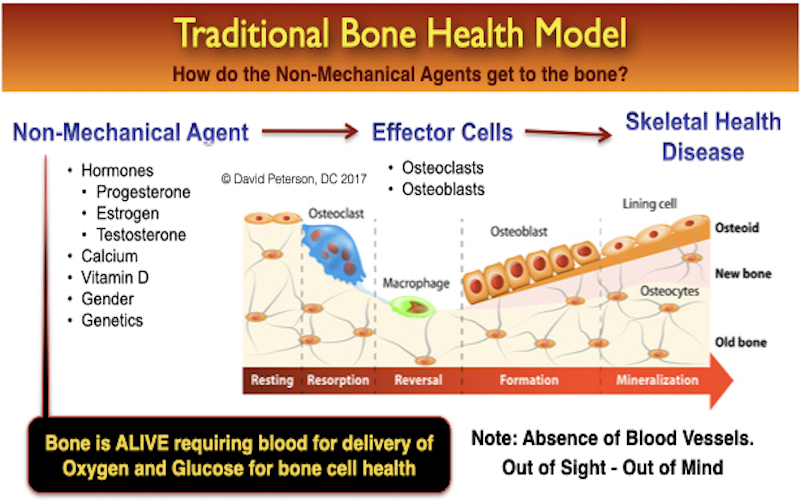
Neglecting the blood-bone connection also obscures the systemic implications of bone health. Conditions like osteoporosis or fractures are not merely issues of calcium deficiency but often involve impaired blood flow or vascular health. Similarly, bone diseases like osteonecrosis starkly illustrate the devastating consequences of disrupted blood supply to bone tissue.
For a more accurate and holistic understanding of bones, we must shift away from the reductionist “calcium Lego block” narrative and embrace the interconnectedness of blood and bone. This perspective can lead to more effective prevention, diagnosis, and treatment strategies, emphasizing vascular health alongside mineral balance in the quest for stronger, healthier bones.
The Blood-Bone Connection: Rethinking How We Approach Bone Health
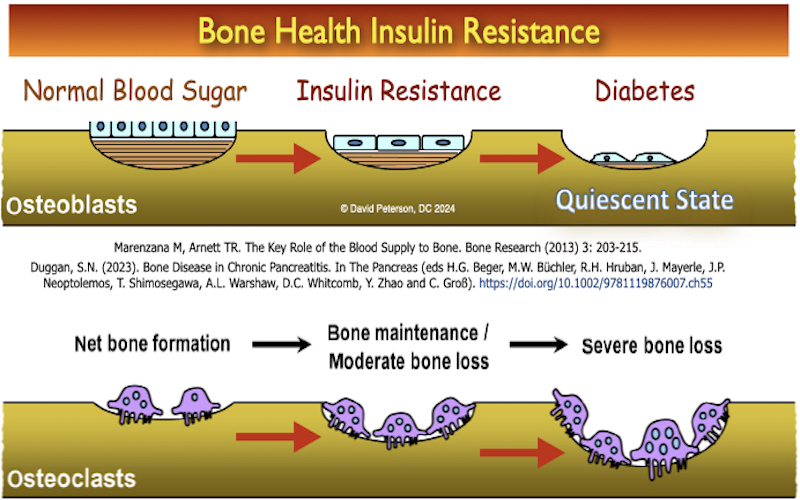
Your bones are alive and constantly changing—they’re not just lifeless structures! They need blood vessels to deliver oxygen and nutrients like glucose to bone cells, just like the rest of your body. Healthy bone requires a substantial blood flow to supply the requisite oxygen and nutrients, and to eliminate carbon dioxide, acid and other metabolic waste products.1Marenzana M, Arnett TR. The Key Role of the Blood Supply to Bone. Bone Res. 2013 Sep 25;1(3):203-15.,2Trueta J, Morgan JD. The vascular contribution to osteogenesis. I. Studies by the injection method. J Bone Joint Surg Br. 1960;42-B:97–109.,3Cumming JD, Nutt ME. Bone-marrow blood flow and cardiac output in the rabbit. J Physiol. 1962;162:30–34.,4Ray RD, Kawabata M, Galante J. Experimental study of peripheral circulation and bone growth. An experimental method for the quantitative determination of bone blood flow. 3. Clin Orthop Relat Res. 1967;54:175–185.,5Taichman RS. Blood and bone: two tissues whose fates are intertwined to create the hematopoietic stem-cell niche. Blood. 2005 Apr 1;105(7):2631-9. When your bones are healthy and well-nourished, they can adapt and grow stronger in response to physical activity. But when bones don’t get what they need, they weaken. It has long been recognized that bone growth and repair occur in association with a rich vascular supply. Conversely, impairment of the blood supply is well-known to reduce growth and repair, cause bone loss and, ultimately, necrosis.6Trueta J, Morgan JD. The vascular contribution to osteogenesis. I. Studies by the injection method. J Bone Joint Surg Br. 1960;42-B:97–109.,7Trueta J. Blood supply and the rate of healing of tibial fractures. Clin Orthop Relat Res. 1974:11–26.,8Brookes M, Harrison RG. The vascularization of the rabbit femur and tibio-fibula. J Anat. 1957;91:61–72.,9Bridgeman G, Brookes M. Blood supply to the human femoral diaphysis in youth and senescence. J Anat. 1996;188:611–621.,10Parfitt AM. The mechanism of coupling: a role for the vasculature. Bone. 2000;26:319–323.,11Wilson JW. Blood supply to developing, mature, and healing bone//Sumner-Smith G (ed), Bone in Clinical Orthopedics. 2nd ed. Stuttgart New York: Georg Thieme Verlag, 2002:23–116.,12Laroche M. Intraosseous circulation from physiology to disease. Joint Bone Spine. 2002;69:262–269.,13McCarthy I. The physiology of bone blood flow: a review. J Bone Joint Surg Am. 2006;88 Suppl 3:4–9.,14Brandi ML, Collin-Osdoby P. Vascular biology and the skeleton. J Bone Miner Res. 2006;21:183–192.,15Portal-Núñez S, Lozano D, Esbrit P. Role of angiogenesis on bone formation. Histol Histopathol. 2012;27:559–566.,16Brookes M. Blood supply of long bones. Br Med J. 1963;2:1064–1065.,17Cumming JD, Nutt ME. Bone-marrow blood flow and cardiac output in the rabbit. J Physiol. 1962;162:30–34.,18Ray RD, Kawabata M, Galante J. Experimental study of peripheral circulation and bone growth. An experimental method for the quantitative determination of bone blood flow. 3. Clin Orthop Relat Res. 1967;54:175–185.,19Enjolras O, Chapot R, Merland JJ. Vascular anomalies and the growth of limbs: a review. J Pediatr Orthop B. 2004;13:349–357.
From Repair to Strength: How Blood Flow Shapes Bone Health and Longevity
This connection between blood and bone health is called blood-bone reciprocity, and it works hand-in-hand with Wolff’s Law, which explains how bones respond to the forces and stresses placed on them.
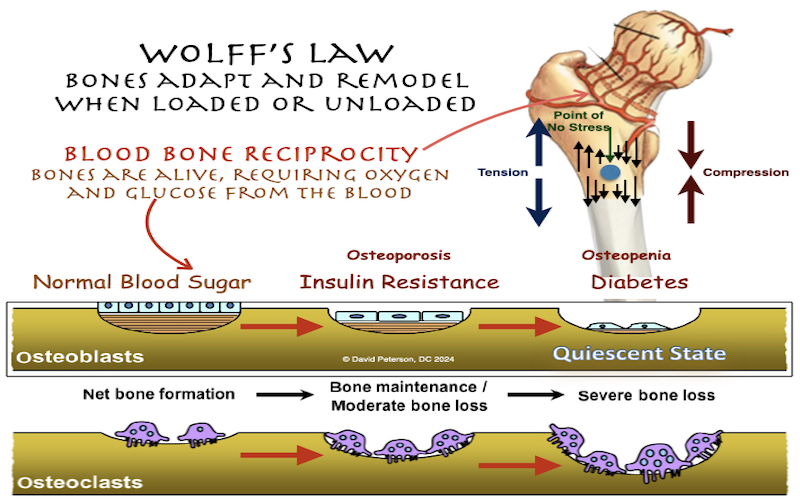
Wolff’s Law and the Vascular Secret to Strong, Resilient Bones
Wolff’s Law, developed by German surgeon Julius Wolff in the 19th century, states that bones adapt to the loads placed on them.20Chamay, A., & Tschantz, P. (1972). Mechanical influences in bone remodeling. Experimental research on Wolff’s law. Journal of biomechanics, 5(2), 173-180.,21Woo, S. L., Kuei, S. C., Amiel, D., Gomez, M. A., Hayes, W. C., White, F. C., & Akeson, W. H. (1981). The effect of prolonged physical training on the properties of long bone: a study of Wolff’s Law. The Journal of bone and joint surgery. American volume, 63(5), 780-787.,22Frost, H. M. (2004). A 2003 update of bone physiology and Wolff’s Law for clinicians. The Angle Orthodontist, 74(1), 3-15.,23Frost, H. M. (1994). Wolff’s Law and bone’s structural adaptations to mechanical usage: an overview for clinicians. The Angle Orthodontist, 64(3), 175-188.,24Ruff, C., Holt, B., & Trinkaus, E. (2006). Who’s afraid of the big bad Wolff?: “Wolff’s law” and bone functional adaptation. American Journal of Physical Anthropology, 129(4), 484-498. When you’re active—through work, exercise, or play—your bones sense the strain and remodel themselves to become thicker and stronger. On the other hand, if you lead a sedentary lifestyle or don’t move much, your bones weaken and become more fragile, increasing the risk of osteoporosis.
Bones Aren’t Just Blocks: How Blood Vessels Keep Your Skeleton Alive
The higher the degree of insulin resistance, the greater the risk of osteoporosis.25Duggan SN. Negotiating the complexities of exocrine and endocrine dysfunction in chronic pancreatitis. Proc Nutr Soc. 2017 Nov;76(4):484-494.,Wang X, Jiang L, Shao X. Association Analysis of Insulin Resistance and Osteoporosis Risk in Chinese Patients with T2DM. Ther Clin Risk Manag. 2021 Aug 31;17:909-916.,Ming Zhuo, Ze Chen, Mao-Lin Zhong, et.al., Association of insulin resistance with bone mineral density in a nationwide health check-up population in China, Bone, Volume 170, 2023, 116703, ISSN 8756-3282,26Gu, P., Pu, B., Xin, Q. et al. The metabolic score of insulin resistance is positively correlated with bone mineral density in postmenopausal patients with type 2 diabetes mellitus. Sci Rep 13, 8796 (2023).,27Fu YH, Liu WJ, Lee CL, Wang JS. Associations of insulin resistance and insulin secretion with bone mineral density and osteoporosis in a general population. Front Endocrinol (Lausanne). 2022 Sep 20;13:971960.,28Choo MS, Choi SR, Han JH, Lee SH, Shim YS (2017) Association of insulin resistance with near peak bone mass in the femur and lumbar spine of Korean adults aged 25-35: The Korean National Health and Nutrition Examination Survey 2008-2010. PLoS ONE 12(7): e0177311.,29Nicola Napoli, Caterina Conte, Claudio Pedone, Elsa S Strotmeyer, Kamil E Barbour, Dennis M Black, Elizabeth J Samelson, Ann V Schwartz, Effect of Insulin Resistance on BMD and Fracture Risk in Older Adults, The Journal of Clinical Endocrinology & Metabolism, Volume 104, Issue 8, August 2019, Pages 3303–3310,,30Shieh, A., Greendale, G.A., Cauley, J.A. et al. Prediabetes and insulin resistance are associated with lower trabecular bone score (TBS): cross-sectional results from the Study of Women’s Health Across the Nation TBS Study. Osteoporos Int 33, 1365–1372 (2022).,31Kathryn M. Thrailkill, Charles K. Lumpkin, Jr., R. Clay Bunn, Stephen F. Kemp, and John L. Fowlkes. Is insulin an anabolic agent in bone? Dissecting the diabetic bone for clues. American Journal of Physiology-Endocrinology and Metabolism 2005 289:5, E735-E745 Although bone mineral density (BMD) is normal or elevated,32Zhu L, Xu Z, Li G, et al. Marrow adiposity as an indicator for insulin resistance in postmenopausal women with newly diagnosed type 2 diabetes – an investigation by chemical shift-encoded water-fat MRI. Eur J Radiol. 2019;113:158–164. Insulin Resistance increases the risk of fractures compared with non-insulin resistant patients.33Looker AC, Eberhardt MS, Saydah SH. Diabetes and fracture risk in older U.S. adults. Bone. 2016;82:9–15.,34Napoli N, Strotmeyer ES, Ensrud KE, et al. Fracture risk in diabetic elderly men: the MrOS study. Diabetologia. 2014;57(10):2057–2065.,35Jia P, Bao L, Chen H, et al. Risk of low-energy fracture in type 2 diabetes patients: a meta-analysis of observational studies. Osteoporos Int. 2017;28(11):3113–3121.,36Fu Yi-Hsiu, Liu Wei-Ju, Lee Chia-Lin, Wang Jun-Sing. Associations of insulin resistance and insulin secretion with bone mineral density and osteoporosis in a general population. Frontiers in Endocrinology. 13. 2022 Insulin Resistance can influence bone metabolism by affecting osteoblasts and osteoclasts, and the imbalance between the two may lead to osteoporosis.37Sassi F, Buondonno I, Luppi C, et al. Type 2 diabetes affects bone cells precursors and bone turnover. BMC Endocr Disord. 2018;18(1):55.,38Wang X, Jiang L, Shao X. Association Analysis of Insulin Resistance and Osteoporosis Risk in Chinese Patients with T2DM. Ther Clin Risk Manag. 2021 Aug 31;17:909-916.
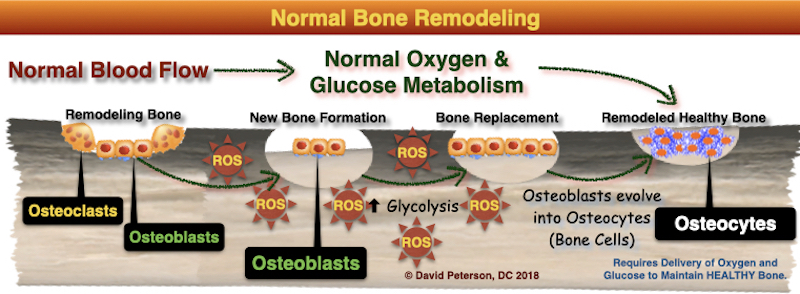
The multiple endocrine functions of bone other than those related to mineral metabolism, such as regulation of insulin sensitivity, glucose homeostasis, and energy metabolism, have recently been recognized.39Cipriani C, Colangelo L, Santori R, Renella M, Mastrantonio M, Minisola S, Pepe J. The Interplay Between Bone and Glucose Metabolism. Front Endocrinol (Lausanne). 2020 Mar 24;11:122. doi: 10.3389/fendo.2020.00122. PMID: 32265831; PMCID: PMC7105593.
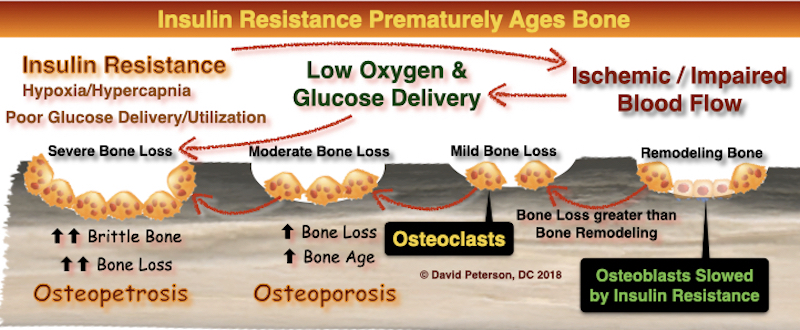
The Role of Blood in Bone Health
Healthy bones depend on a good blood supply. Blood delivers oxygen and glucose to bone cells, which need these resources to repair themselves and maintain strength. However, certain conditions, like insulin resistance, can interfere with this process.
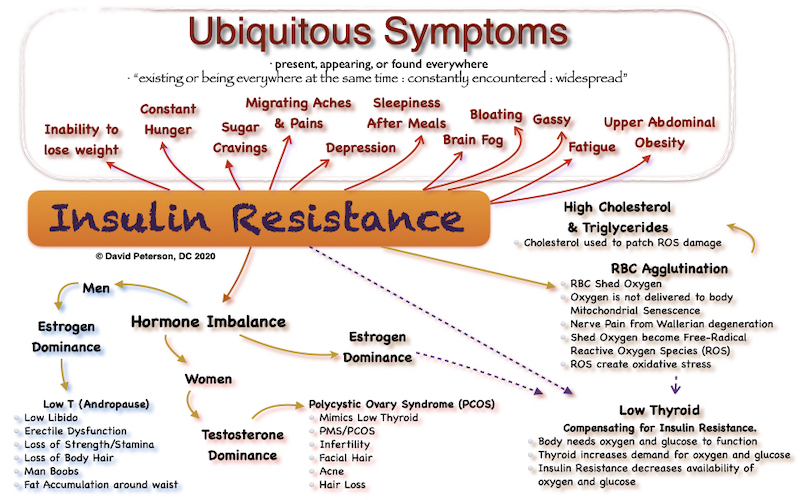
Insulin resistance limits the delivery of oxygen and glucose to bone cells, leaving them undernourished and less able to stay strong. This can lead to osteopenia (weakened bones) and even a loss of calcium, making the bones more fragile. Simply taking calcium supplements isn’t enough; unhealthy bone cells may not be able to use the calcium effectively if they’re not getting enough oxygen and nutrients from the blood.
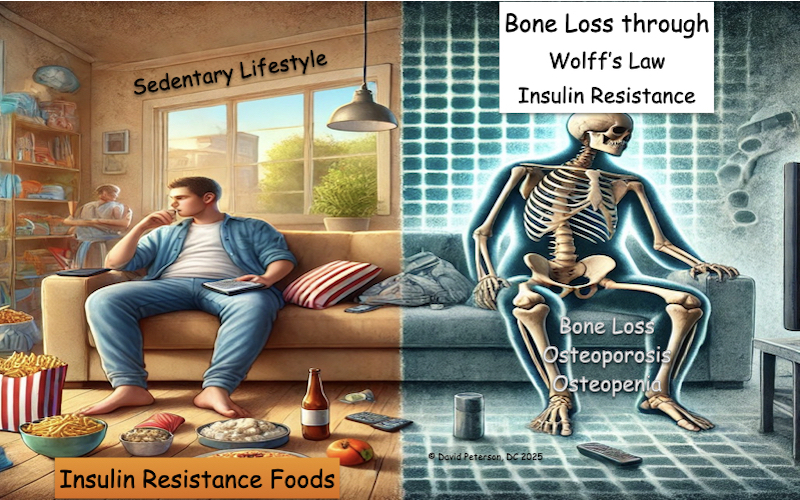
Why Movement and Activity Matter
The key takeaway from Wolff’s Law and blood-bone reciprocity is that movement is medicine for your bones.
Bone Remodeling: Bones constantly repair and rebuild themselves based on the demands you place on them. Regular exercise, especially resistance training, signals your bones to stay dense and strong.
Injury Prevention and Recovery: Active lifestyles build thicker, stronger bones, reducing the risk of fractures. Even after an injury, gentle resistance exercises help bones regain strength.
Fighting Osteoporosis: Without activity, bones lose density, becoming more fragile and porous. Exercise is crucial for countering osteoporosis and keeping bones healthy.
Order Your Blood Test
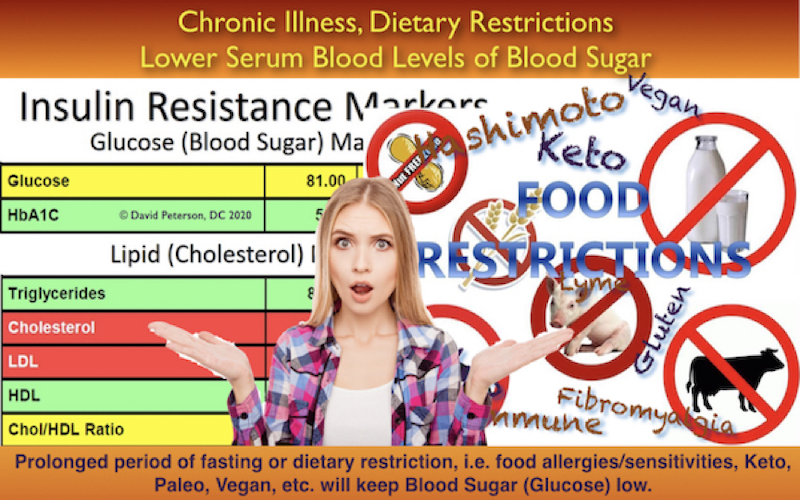

Discovery Call | Lab Analysis
Embark on your journey to optimal health with our Discovery Call at HyrSelf Functional Medicine. In this personalized consultation with Dr. David Peterson, we’ll delve into your health goals, concerns, and how our approach can benefit you. For a fee of $250, this call lays the foundation for your wellness journey. Plus, if you choose to proceed as a patient, the $250 fee will be credited towards your $799 Initial Consultation, making it a seamless transition towards comprehensive care tailored to your needs.
Best Insulin Resistance Support
References
- 1Marenzana M, Arnett TR. The Key Role of the Blood Supply to Bone. Bone Res. 2013 Sep 25;1(3):203-15.
- 2Trueta J, Morgan JD. The vascular contribution to osteogenesis. I. Studies by the injection method. J Bone Joint Surg Br. 1960;42-B:97–109.
- 3Cumming JD, Nutt ME. Bone-marrow blood flow and cardiac output in the rabbit. J Physiol. 1962;162:30–34.
- 4Ray RD, Kawabata M, Galante J. Experimental study of peripheral circulation and bone growth. An experimental method for the quantitative determination of bone blood flow. 3. Clin Orthop Relat Res. 1967;54:175–185.
- 5Taichman RS. Blood and bone: two tissues whose fates are intertwined to create the hematopoietic stem-cell niche. Blood. 2005 Apr 1;105(7):2631-9.
- 6Trueta J, Morgan JD. The vascular contribution to osteogenesis. I. Studies by the injection method. J Bone Joint Surg Br. 1960;42-B:97–109.
- 7Trueta J. Blood supply and the rate of healing of tibial fractures. Clin Orthop Relat Res. 1974:11–26.
- 8Brookes M, Harrison RG. The vascularization of the rabbit femur and tibio-fibula. J Anat. 1957;91:61–72.
- 9Bridgeman G, Brookes M. Blood supply to the human femoral diaphysis in youth and senescence. J Anat. 1996;188:611–621.
- 10Parfitt AM. The mechanism of coupling: a role for the vasculature. Bone. 2000;26:319–323.
- 11Wilson JW. Blood supply to developing, mature, and healing bone//Sumner-Smith G (ed), Bone in Clinical Orthopedics. 2nd ed. Stuttgart New York: Georg Thieme Verlag, 2002:23–116.
- 12Laroche M. Intraosseous circulation from physiology to disease. Joint Bone Spine. 2002;69:262–269.
- 13McCarthy I. The physiology of bone blood flow: a review. J Bone Joint Surg Am. 2006;88 Suppl 3:4–9.
- 14Brandi ML, Collin-Osdoby P. Vascular biology and the skeleton. J Bone Miner Res. 2006;21:183–192.
- 15Portal-Núñez S, Lozano D, Esbrit P. Role of angiogenesis on bone formation. Histol Histopathol. 2012;27:559–566.
- 16Brookes M. Blood supply of long bones. Br Med J. 1963;2:1064–1065.
- 17Cumming JD, Nutt ME. Bone-marrow blood flow and cardiac output in the rabbit. J Physiol. 1962;162:30–34.
- 18Ray RD, Kawabata M, Galante J. Experimental study of peripheral circulation and bone growth. An experimental method for the quantitative determination of bone blood flow. 3. Clin Orthop Relat Res. 1967;54:175–185.
- 19Enjolras O, Chapot R, Merland JJ. Vascular anomalies and the growth of limbs: a review. J Pediatr Orthop B. 2004;13:349–357.
- 20Chamay, A., & Tschantz, P. (1972). Mechanical influences in bone remodeling. Experimental research on Wolff’s law. Journal of biomechanics, 5(2), 173-180.
- 21Woo, S. L., Kuei, S. C., Amiel, D., Gomez, M. A., Hayes, W. C., White, F. C., & Akeson, W. H. (1981). The effect of prolonged physical training on the properties of long bone: a study of Wolff’s Law. The Journal of bone and joint surgery. American volume, 63(5), 780-787.
- 22Frost, H. M. (2004). A 2003 update of bone physiology and Wolff’s Law for clinicians. The Angle Orthodontist, 74(1), 3-15.
- 23Frost, H. M. (1994). Wolff’s Law and bone’s structural adaptations to mechanical usage: an overview for clinicians. The Angle Orthodontist, 64(3), 175-188.
- 24Ruff, C., Holt, B., & Trinkaus, E. (2006). Who’s afraid of the big bad Wolff?: “Wolff’s law” and bone functional adaptation. American Journal of Physical Anthropology, 129(4), 484-498.
- 25Duggan SN. Negotiating the complexities of exocrine and endocrine dysfunction in chronic pancreatitis. Proc Nutr Soc. 2017 Nov;76(4):484-494.,Wang X, Jiang L, Shao X. Association Analysis of Insulin Resistance and Osteoporosis Risk in Chinese Patients with T2DM. Ther Clin Risk Manag. 2021 Aug 31;17:909-916.,Ming Zhuo, Ze Chen, Mao-Lin Zhong, et.al., Association of insulin resistance with bone mineral density in a nationwide health check-up population in China, Bone, Volume 170, 2023, 116703, ISSN 8756-3282
- 26Gu, P., Pu, B., Xin, Q. et al. The metabolic score of insulin resistance is positively correlated with bone mineral density in postmenopausal patients with type 2 diabetes mellitus. Sci Rep 13, 8796 (2023).
- 27Fu YH, Liu WJ, Lee CL, Wang JS. Associations of insulin resistance and insulin secretion with bone mineral density and osteoporosis in a general population. Front Endocrinol (Lausanne). 2022 Sep 20;13:971960.
- 28Choo MS, Choi SR, Han JH, Lee SH, Shim YS (2017) Association of insulin resistance with near peak bone mass in the femur and lumbar spine of Korean adults aged 25-35: The Korean National Health and Nutrition Examination Survey 2008-2010. PLoS ONE 12(7): e0177311.
- 29Nicola Napoli, Caterina Conte, Claudio Pedone, Elsa S Strotmeyer, Kamil E Barbour, Dennis M Black, Elizabeth J Samelson, Ann V Schwartz, Effect of Insulin Resistance on BMD and Fracture Risk in Older Adults, The Journal of Clinical Endocrinology & Metabolism, Volume 104, Issue 8, August 2019, Pages 3303–3310,
- 30Shieh, A., Greendale, G.A., Cauley, J.A. et al. Prediabetes and insulin resistance are associated with lower trabecular bone score (TBS): cross-sectional results from the Study of Women’s Health Across the Nation TBS Study. Osteoporos Int 33, 1365–1372 (2022).
- 31Kathryn M. Thrailkill, Charles K. Lumpkin, Jr., R. Clay Bunn, Stephen F. Kemp, and John L. Fowlkes. Is insulin an anabolic agent in bone? Dissecting the diabetic bone for clues. American Journal of Physiology-Endocrinology and Metabolism 2005 289:5, E735-E745
- 32Zhu L, Xu Z, Li G, et al. Marrow adiposity as an indicator for insulin resistance in postmenopausal women with newly diagnosed type 2 diabetes – an investigation by chemical shift-encoded water-fat MRI. Eur J Radiol. 2019;113:158–164.
- 33Looker AC, Eberhardt MS, Saydah SH. Diabetes and fracture risk in older U.S. adults. Bone. 2016;82:9–15.
- 34Napoli N, Strotmeyer ES, Ensrud KE, et al. Fracture risk in diabetic elderly men: the MrOS study. Diabetologia. 2014;57(10):2057–2065.
- 35Jia P, Bao L, Chen H, et al. Risk of low-energy fracture in type 2 diabetes patients: a meta-analysis of observational studies. Osteoporos Int. 2017;28(11):3113–3121.
- 36Fu Yi-Hsiu, Liu Wei-Ju, Lee Chia-Lin, Wang Jun-Sing. Associations of insulin resistance and insulin secretion with bone mineral density and osteoporosis in a general population. Frontiers in Endocrinology. 13. 2022
- 37Sassi F, Buondonno I, Luppi C, et al. Type 2 diabetes affects bone cells precursors and bone turnover. BMC Endocr Disord. 2018;18(1):55.
- 38Wang X, Jiang L, Shao X. Association Analysis of Insulin Resistance and Osteoporosis Risk in Chinese Patients with T2DM. Ther Clin Risk Manag. 2021 Aug 31;17:909-916.
- 39Cipriani C, Colangelo L, Santori R, Renella M, Mastrantonio M, Minisola S, Pepe J. The Interplay Between Bone and Glucose Metabolism. Front Endocrinol (Lausanne). 2020 Mar 24;11:122. doi: 10.3389/fendo.2020.00122. PMID: 32265831; PMCID: PMC7105593.
